One of legendary bodybuilder Rich Piana's core beliefs was that only 5% of the planet has the motivation and the discipline to fulfill their lifelong dreams and become their ideal self. He founded 5% Nutrition in order to help outliers of humanity achieve their goals, by providing them with high-powered nutritional supplements true to his name - with high efficacy and purity.
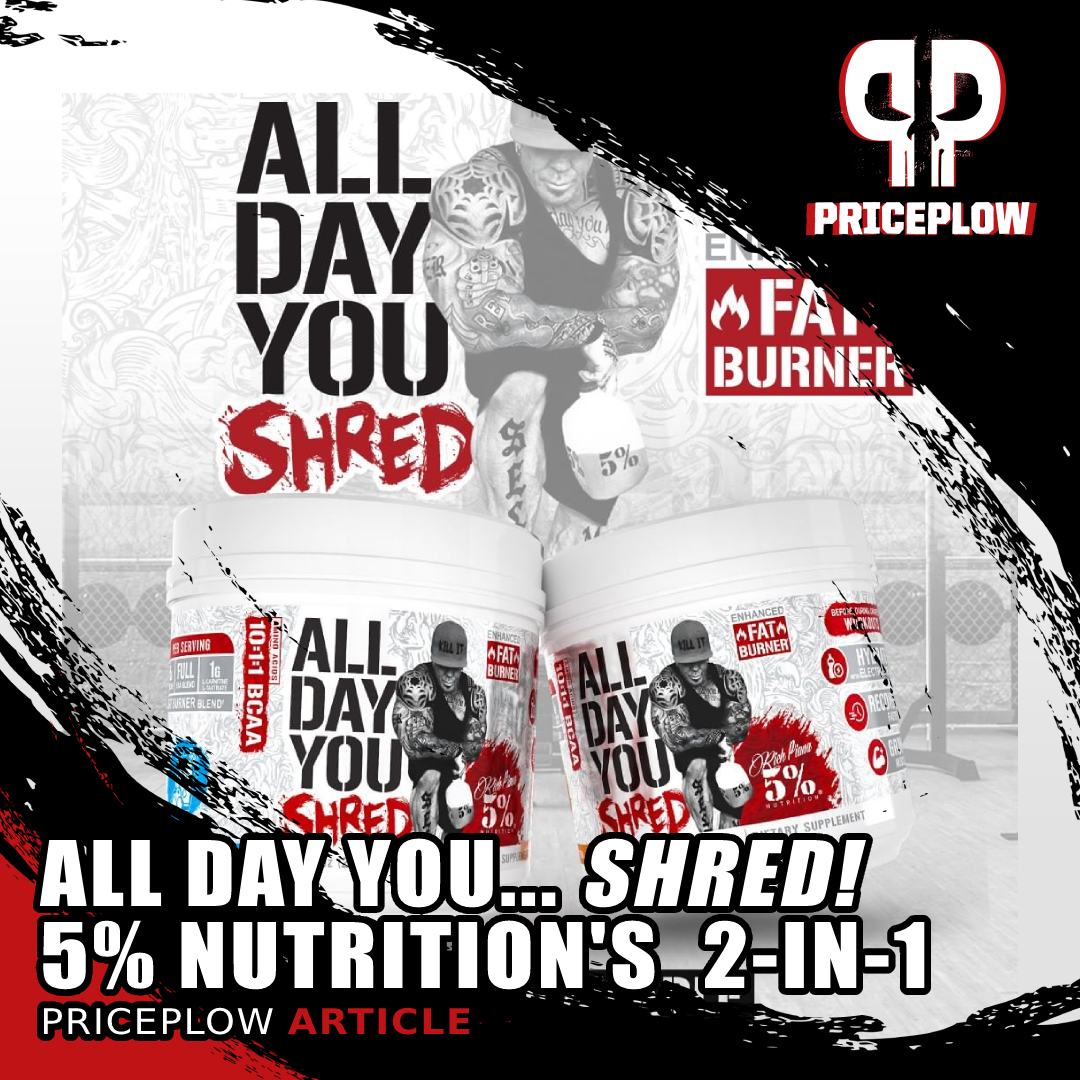
All Day You Shred is a weight loss support supplement with a very unique profile: BCAAs, EAAs, and a fat burning blend different from anything you've seen, all with 125 milligrams of naturally-sourced caffeine.
Most supplement users know about ALL DAY YOU MAY, the company's landmark intra-workout supplement. It has a special status in the 5% Nutrition catalog, because Rich himself was heavily involved in its creation and release. The idea beyond "ADYM" is simple: fill up your gallon jug with tons of water, a few scoops, and sip on it all day to keep your muscles fed with aminos and more. This one, however, is a bit different, since it has energy and weight loss support:
ALL DAY YOU SHRED
That original "ADYM" concept is getting a twist in the form of All Day You Shred, a weight loss support / recovery formula that shares a few core ingredients with All Day You May, but increases its fat burning potential for dieters who are perhaps looking to get a bit more shredded every day. It features 125 milligrams of natural caffeine, so it can be stacked with the 5% Nutrition Stage Ready diuretic supplement or Shred Time fat burner (definitely lower the number of capsules though).
Unlike All Day You May, this one's meant to only be taken once a day - perhaps at a time when you need a bit more energy, a bit more thermogenesis, a bit more sweat, or a bit more appetite support. It's an extremely unique powdered formula, but comes with that Southern Sweet Tea flavor that 5% Nutrition used to flip the industry on its head years back.
We get into the ingredients below, but first, see PricePlow's coupon-powered prices and sign up for those 5% Nutrition news alerts:
Rich Piana 5% Nutrition All Day You Shred – Deals and Price Drop Alerts
Get Price Alerts
No spam, no scams.
Disclosure: PricePlow relies on pricing from stores with which we have a business relationship. We work hard to keep pricing current, but you may find a better offer.
Posts are sponsored in part by the retailers and/or brands listed on this page.
Before starting, realize that you can always compare against the original formula, outlined in our article titled 5% Nutriton's ALL DAY YOU MAY: Rich Piana's LEGENDARY Amino Supplement.
ALL DAY YOU SHRED Ingredients
In a single one-scoop serving of All Day You Shred Fat Burning BCAA Recovery Drink from 5% Nutrition, you get the following:
-
Branched Chain Amino Acid (BCAA) 10:1:1 Blend – 6,000 mg
A familiar 10:1:1 BCAA ratio with added EAAs and a very unique fat burner blend, powered by 125 milligrams of natural caffeine!
5% Nutrition's proprietary blend of branched chain amino acids (BCAAs) is one of the ingredients making a comeback in the new formula. The 10:1:1 ratio is the ratio between leucine, isoleucine, and valine - extraordinarily high on the leucine!
You may be wondering what the advantage is of having such a high proportion of leucine – the simple answer is that although all the BCAAs have anti-catabolic[1-3] properties, and boost endurance,[4-6] leucine seems to be uniquely effective at initiating muscle synthesis,[7-9] and our requirement for it goes up significantly as we age.[10] Leucine activates the mammalian target of rapamycin (mTOR),[11-13] one of those metabolic "master switches" that controls the entire anabolic response.
-
Essential Amino Acid Blend – 200 mg
The "essential" amino acids are so called because our bodies do not have any ability to synthesize them endogenously, so we must obtain these amino acids from food or supplements.
All essential amino acids are important for optimal muscle synthesis,[14] but beyond that, each has its own unique properties:
-
L-Phenylalanine
Don't need the stims? 5% Nutrition's All Day You May has moved to the white tub, but the formula was mostly unchanged. See how Rich Piana shattered the industry with this supplement, especially with that Southern Sweet Tea flavor!
Phenylalanine is a precursor to tyrosine,[15] one of our favorite amino acids because tyrosine stimulates the production of dopamine, adrenaline, and noradrenaline.[16] Of course, if you're using All Day You Shred as a recovery drink, this won't help the workout you just finished, but keeping your phenylalanine stores topped of will probably help you in the next one, while helping you maintain vigilance through the rest of the day.
-
L-Threonine
Threonine is a precursor to serine and glycine, "non-essential" amino acids that nonetheless require the correct building blocks (i.e., threonine) for our body to synthesize them in the proper amounts. Threonine also is important for optimal muscle synthesis,[17] so supplementing with it can help you avoid bottlenecking your muscle synthesis.
-
L-Lysine
Our body uses lysine to synthesize carnitine,[18] a compound with enormous and numerous benefits that we write about all the time on the PricePlow blog. Lysine is also crucial for muscle synthesis, recovery. Research based on animal models indicates that all of these processes are optimized by lysine supplementation.[19,20]
Lysine is also utilized in calcium absorption[21] and the production of collagen[22] – basically, for the structural integrity of your entire body! After all, your bones need calcium to achieve peak density and strength, and the tendons that support your every movement are made up of collagenous fibers. Since bones and tendons are both stressed by intense exercise and heavy lifting, it's crucial to give them as much support as possible: failure of your bones or tendons is a pretty catastrophic outcome for your overall health.
Much like vitamin K2, lysine helps regulate the deposition of calcium,[21] keeping it out of your veins and arteries and in your bones where it belongs.
-
L-Histidine
Amongst these primary amino acids, the essential amino acids are in red. Leucine, Valine, and Isoleucine are the three Branched-Chain Amino Acids.
Histidine is is required for the production of carnosine, a pro-performance molecule that increases muscular endurance and recovery by "buffering" lactic acid.[23] In animal models, a histidine deficiency has been observed to reduce muscle synthesis – but high levels of histidine have been observed to increase the rate of muscle synthesis above baseline,[24] so supplementation with histidine has a purpose beyond merely preventing deficiency.
-
L-Tryptophan
Tryptophan improves pain tolerance,[25] which is great if you're feeling the hurt after a tough workout! It can also boost mode by upregulating serotonin.[26] Don't believe the old wives' tales about tryptophan – it's not going to make you sleepy.
-
L-Methionine
Methionine has antioxidant properties, enabling it to protect your body from the effects of stress[27] – such as the stress of exercise! Methionine is converted by the body into L-taurine and L-cysteine, both of which have been shown to boost performance and recovery.
Methionine is also required for the production of carnitine,[28] an important compound we discussed above, and researchers have observed a correlation between methionine intake and blood carnitine levels.[28]
The above blend is nothing new to ALL DAY YOU MAY connoisseurs. But here's where things get changed (and charged) up:
-
-
Fat Burner Blend
When we finish a tough workout, particularly one that includes high-intensity interval training (HIIT), our bodies undergo a process called excess post-oxygen consumption (EPOC), where they burn calories to cover the metabolic debt incurred during hard anaerobic efforts.
The idea behind this blend is to amplify the EPOC and make sure it targets stored fat, which is (usually) what we want to burn off.
-
L-Carnitine L-Tartrate – 1,000 mg
We've already alluded to the many benefits of carnitine, but now let's discuss them in detail.
Carnitine plays a big role in our body's production of metabolic energy by shuttling fatty acids into our mitochondria (the so-called "powerhouses" of the cell) so that they can be turned into ATP.[29] Carnitine is considered a "conditionally" essential amino acid, meaning that the body can synthesize limited quantities of it, but not enough to optimize carnitine-related processes. For that, we need to get some additional carnitine from food and supplements.
There are three major groups of people whom the research literature has identified as benefiting from carnitine supplementation:
- People eating plant-based diets[30-33]
- The elderly[34,35]
- Athletes who are training hard[36]
What all of these groups have in common is carnitine deficiency: from a lack of carnitine in the diet (plant-based dieters), age-related metabolic dysfunction (the elderly), or the elevated consumption of carnitine by physical activity (athletes).
If you're an athlete, carnitine supplementation is definitely to consider: especially if you're a plant-based athlete.
Carnitine tartrate has been shown specifically to aid recovery by increasing androgen receptor activity in men who take it,[36] basically potentiating the effects of testosterone.
If you want to learn more about why we love carnitine so much, check out the long-form PricePlow article L-Carnitine is Underrated. New Meta Review Reminds Us Why.
-
InnoSlim – 125 mg
InnoSlim, developed by NuLiv Science, is a proprietary blend of Panax notoginseng root and Astragalus membranaceus root. It was formulated for the purpose of increasing fat burning and reducing symptoms of metabolic syndrome.
More than ever, we understand metabolism and its critical importance. Besides exercise and cleaning up your diet from processed foods, how else can we accelerate our path back to metabolic wellness? Nuliv Science's InnoSlim is one such accelerant.
By downregulating a transporter called sodium-glucose cotransporter 1 (SGLT1),[37] InnoSlim reduces the uptake of glucose in the small intestine by 41%. Less glucose absorbed means less glucose available to the body to be stored as fat.
At the same time, InnoSlim upregulates a transporter called glucose transporter 4 (GLUT4),[38] which is responsible for shuttling glucose into muscle tissue – exactly where you want it, since glucose helps drive recovery in muscle tissue, and when stored in the muscle (as glycogen), it fuels intense exercise.
By activating key metabolic pathways involved in fat metabolism, such as AMPK, ACC-P HIF-1 and adiponectin,[39] InnoSlim inhibits the synthesis of fatty acids while promoting fat oxidation. Adiponectin is particularly beneficial, as in addition to boosting fat oxidation, it also prevents the storage of glucose in the liver.[40] Thus, upregulating adiponectin is beneficial for both fat loss and insulin sensitivity.[40]
If you want to learn more about InnoSlim, check out our detailed long-form article InnoSlim: NuLivScience's Potent Stimulant-Free Fat Burning Ingredient.
-
Natural Caffeine from Green Tea – 125 mg
Caffeine works primarily by inhibiting adenosine and phosphodiesterase[41] – both of which make us feel fatigued and drowsy, so inhibiting them promotes wakefulness. If you're especially gassed after a hard workout, a nice little dose of caffeine can give you the short-term recovery you need to move on to your next task. Caffeine also raises the metabolic rate and increases metabolic flexibility by releasing fatty acids from our body fat stores, so that our body can burn them for energy.[42-44]
When it comes to sourcing caffeine, green tea extract is hard to beat. The benefits associated in the research literature specifically with green tea extract include:
- Increased fat burning and lower body fat percentage[45]
- Increased circulation[46]
- Improved insulin sensitivity[47,48]
- Lower blood pressure[49]
- Improved sense of well-being[49]
Green tea is also thought to prevent testosterone from being glucuronidated, which means that it can extend the half-life of testosterone and thus, its activity in the body.[50] In animal models, there is a small body of research that suggests green tea extract might be an aromatase inhibitor, preventing the conversion of testosterone to estrogen by the enzyme aromatase.[51]
-
Coconut (Cocos nucifera) (fruit) Water Concentrate – 100 mg
Coconut water is an excellent source of electrolytes such as sodium and potassium, which are lost as sweat during exercise[52] and during fat loss.[53] So if you're working hard in the gym and shedding pounds – you probably will benefit from a little extra electrolyte support.
-
Gamma-Butyrobetaine Hydrochloride (GBB) – 50 mg
Now it's time for the sweat effect!
Better known as GBB, Gamma-Butyrobetaine is a precursor to carnitine, which we've discussed at length in this article, but it also amplifies carnitine's activity in the body, so it makes total sense to throw GBB into a formula that also contains L-carnitine L-tartrate. GBB increases thermogenesis, effectively raising the metabolic rate by increasing the amount of energy the body burns as heat.[54,55]
Ultimately, the effect has been shown to make users sweat, which could make All Day You Shred into quite a nice "cardio cocktail".
-
Coleus forskohlii extract, standardized for 10% forskolin - 50 mg
Forskolin is a compound derived from Coleus forskohlii, a member of the mint family. Forskolin increases cellular energy by activating cAMP and increasing fat oxidation.[56] In research studies, when forskolin is added to a hypocaloric diet, subjects report better body composition, lipid profiles, and insulin sensitivity when compared to a placebo control.[57] Other studies have shown that forskolin reduces appetite.[58,59]
-
Hoodia Chinese Extract – 50 mg
Hoodia is a cactus native to South Africa, where tribes native to the area have traditionally used it to reduce feelings of hunger during long hunting expeditions, and it's popular as a fat-loss aid today. The active ingredient in hoodia is P57, steroidal glycoside that binds with enzymes shown to induce an appetite-suppressive effect.[60]
This specific genus, Opuntia Milpa, is a cactus often called prickly pear cactus. The mechanism discussed above[60] is very unique, and we're surprised we don't see more experimentation with hoodia in the weight loss sector of the sports nutrition industry. 5% Nutrition may be on to something with this one - Rich was always a trend-setter, after all.
-
Flavors Available
As you can see, this has the phenomenal Southern Sweet Tea flavor, which 5% Nutrition pioneered, forever changing the way the supplement industry looked at flavoring. If it's available, that will always be our first choice from 5% Nutrition - but not everyone's into tea, so they've also launched with another option.
Conclusion: ALL DAY YOU MAY SHRED
Although Rich Piana tragically left us before his time, his team at 5% Nutrition have taken up his mantle, and continue to expand and refine the product line that Rich started. If you look at all of the updated white Legendary tubs covered on our 5% Nutrition news page, you can see that they're doing an incredible job of keeping the renaissance man's legacy alive and well.
All Day You Shred takes a smart dual approach, with ingredients that both aid recovery and encourage fat oxidation to ensure that the excess post-exercise oxygen consumption (EPOC) is targeted to burn through the energy stores you want to get rid of – your stored body fat.
We've seen fat burning drinks (they're all the rage in the weight loss industry), but there's really nothing like this. And that's literally exactly what we expect from the brand behind Rich Piana.
Rich Piana 5% Nutrition All Day You Shred – Deals and Price Drop Alerts
Get Price Alerts
No spam, no scams.
Disclosure: PricePlow relies on pricing from stores with which we have a business relationship. We work hard to keep pricing current, but you may find a better offer.
Posts are sponsored in part by the retailers and/or brands listed on this page.
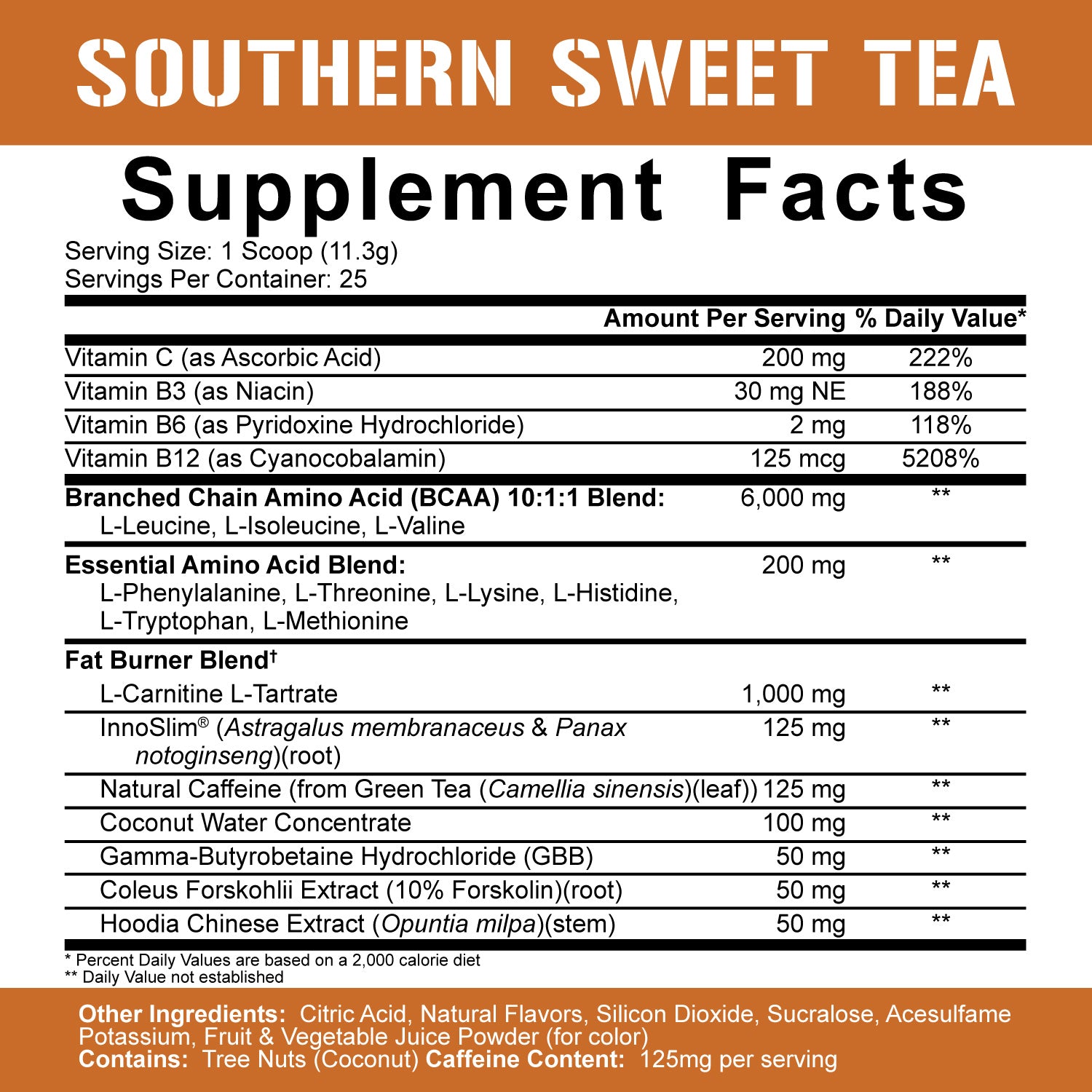


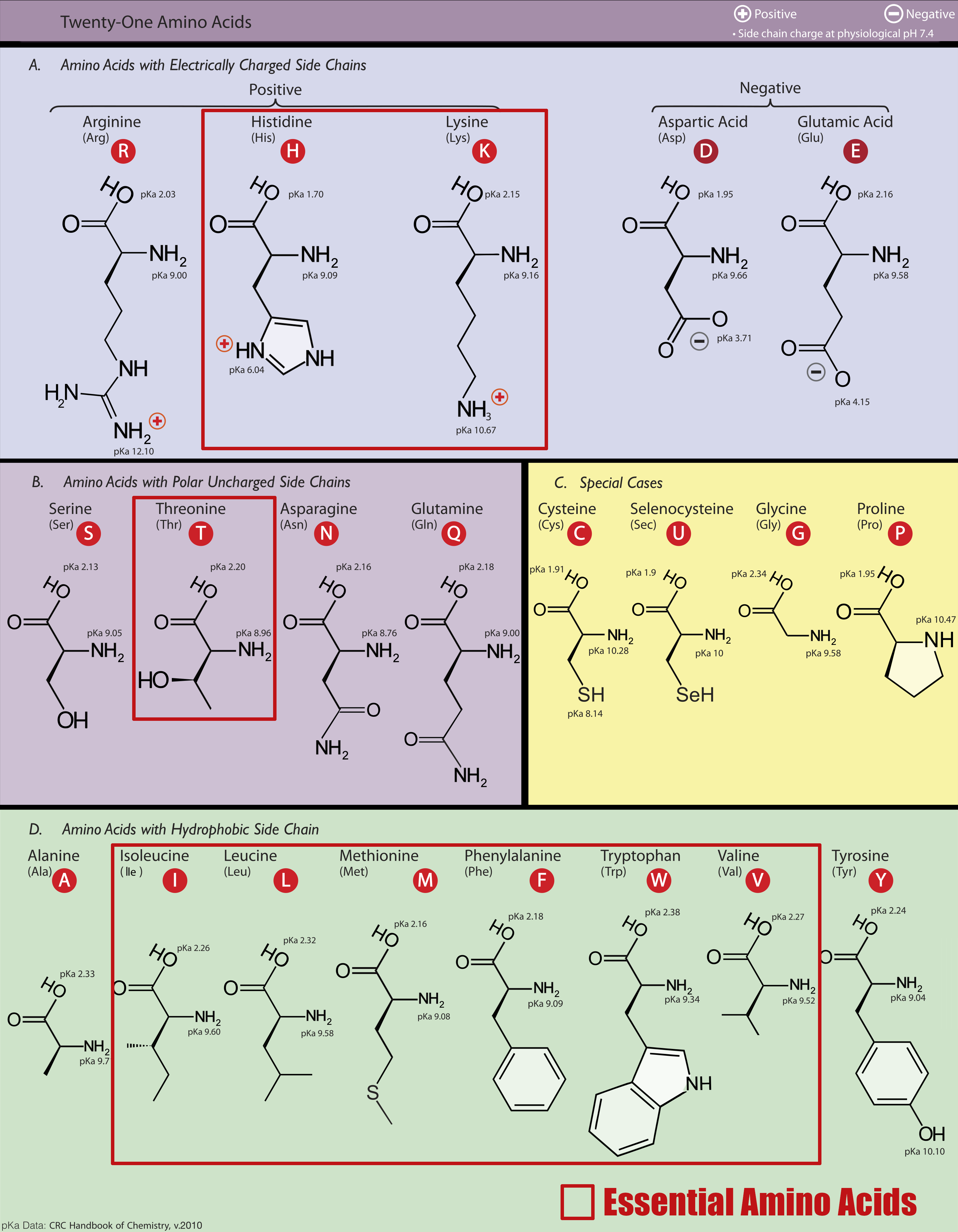
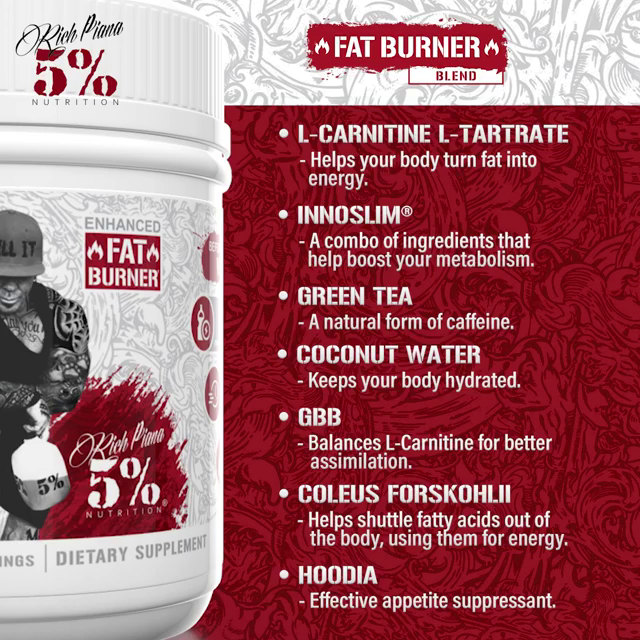
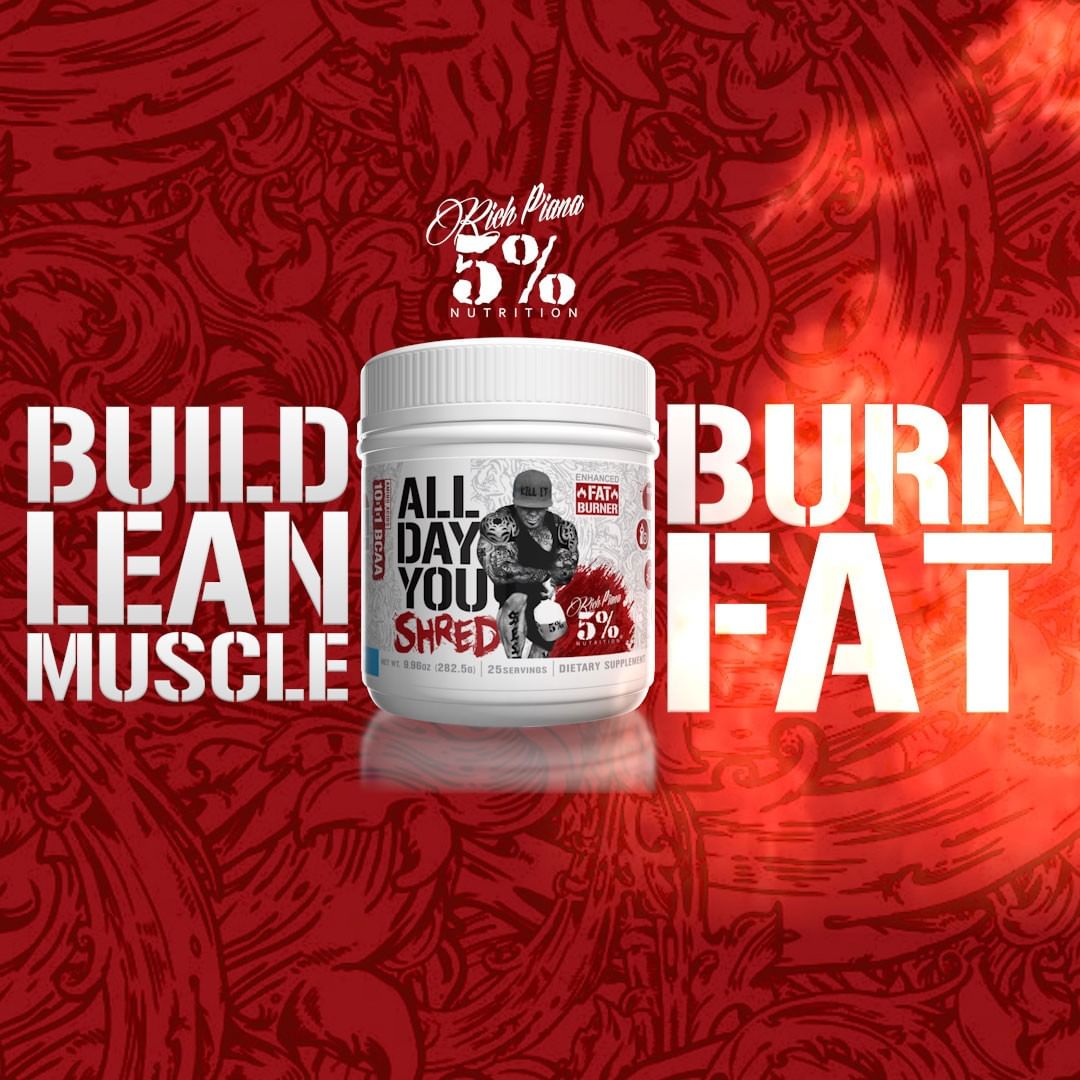
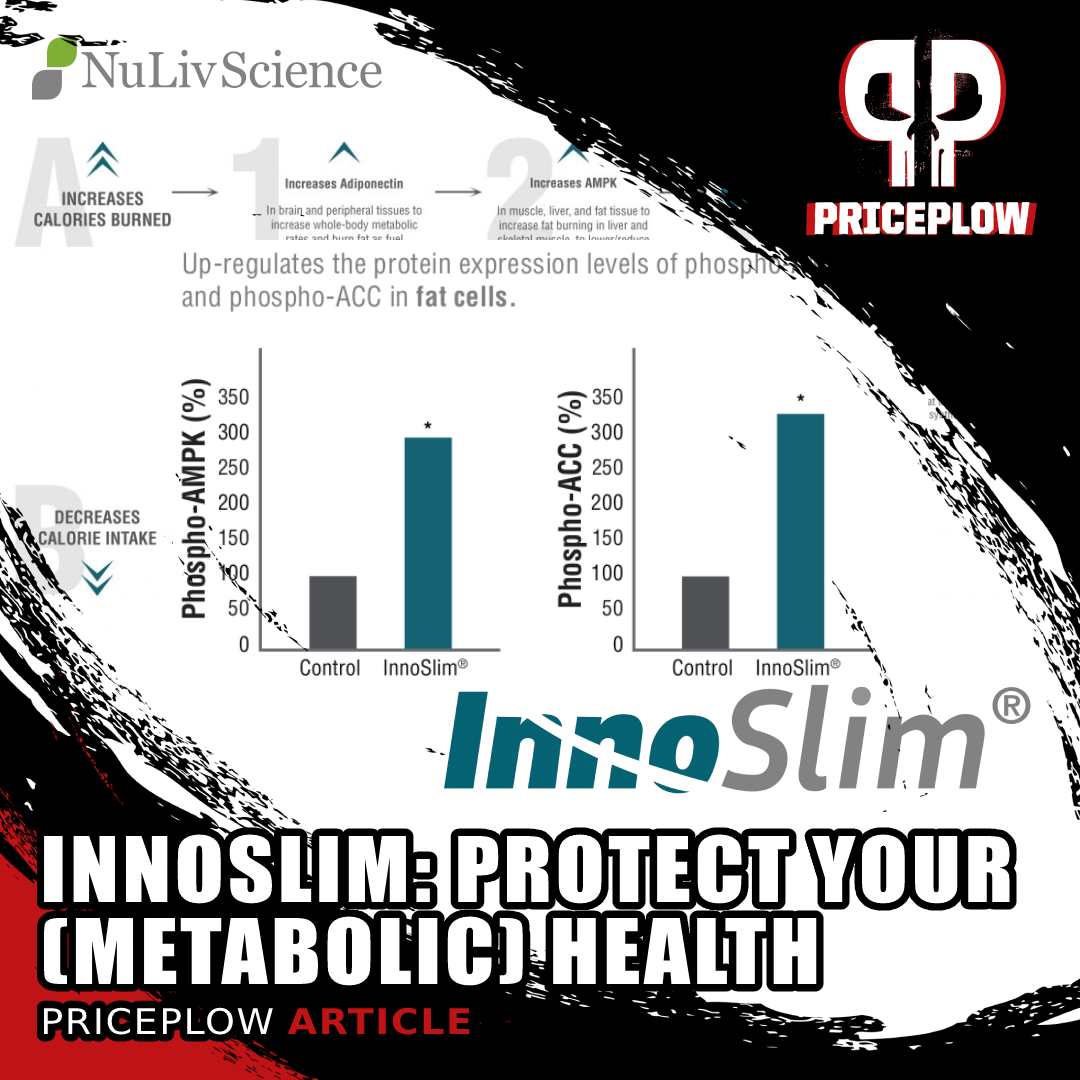



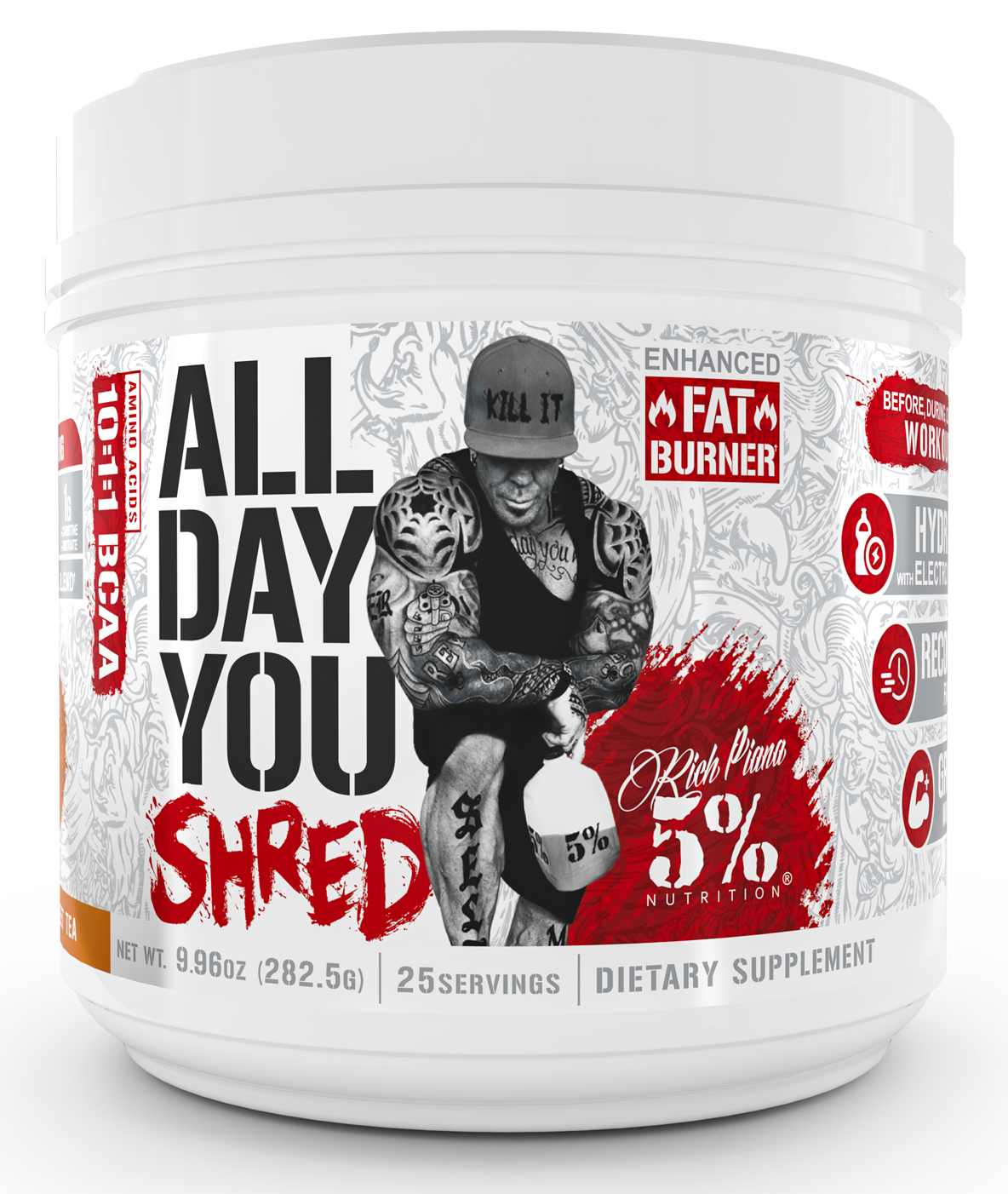


Comments and Discussion (Powered by the PricePlow Forum)